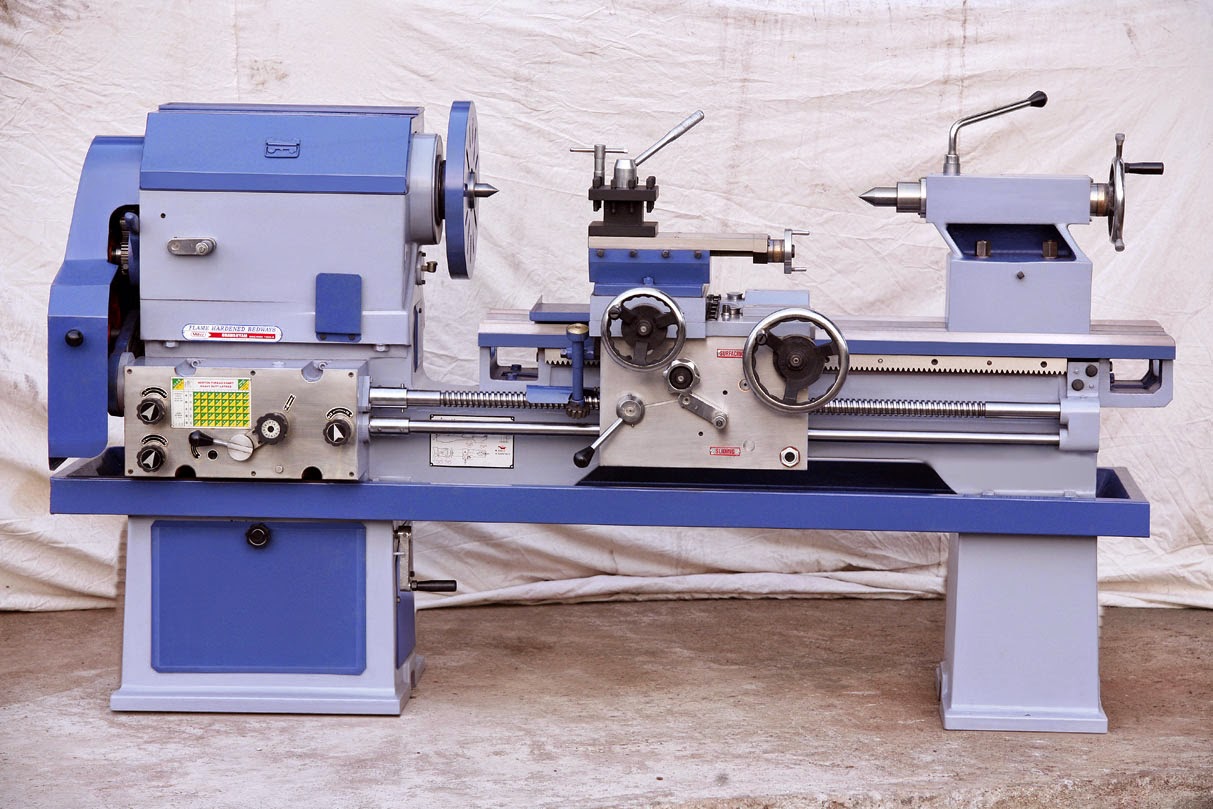Every time we step on our car's brakes, we are wasting energy.So when your car slows down, the kinetic energy that was propelling it forward has to go somewhere. Most of it simply dissipates as heat and becomes useless. That energy, which could have been used to do work, is essentially wasted.
Regenerative braking is used on automobiles to recoup some of the energy that is lost while the vehicle is stopping. This technology is used on hybrid vehicles that use both gas and electricity as sources of power. The energy that is recouped during braking is saved in a storage battery and used later to power the motor whenever the vehicle is using its electric power source.Hybrids and all-electric vehicles create their own power for battery recharging through a process known as regenerative braking (regen mode).Simply it means means capturing the vehicle's momentum (kinetic energy) and turning it into electricity that recharges (regenerates) the onboard battery as the vehicle is slowing down and/or stopping. It is this charged battery that in turn powers the vehicle's electric traction motor.
At present, these kinds of brakes are primarily found in hybrid vehicles like the Toyota Prius, and in fully electric cars, like the Tesla Roadster.However, the technology was first used in trolley cars and has subsequently found its way into such unlikely places as electric bicycles and even Formula One race cars.
How does it work?
In braking systems on conventional vehicles, friction is used to counteract the forward momentum of a moving vehicle.This friction is what turns the car's kinetic energy into heat. With regenerative brakes, on the other hand, the system that drives the vehicle does the majority of the braking. It uses completely different method of braking at slower speeds. Hybrid vehicles still use conventional brake pads at highway speeds, but electric motors help the vehicle brake during stop-and-go driving at slower speeds. As the driver applies the brakes by pressing down on a conventional brake pedal, the electric motors reverse direction. The torque created by this reversal counteracts the forward momentum and eventually stops the car.In simple words,when the driver steps on the brake pedal of an electric or hybrid vehicle, these types of brakes put the vehicle's electric motor into reverse mode, causing it to run backwards, thus slowing the car's wheels. While running backwards, the motor also acts as an electric generator, producing electricity that's then fed into the vehicle's batteries.
Advantages of regenerative braking system:-
Regenerative braking is used on automobiles to recoup some of the energy that is lost while the vehicle is stopping. This technology is used on hybrid vehicles that use both gas and electricity as sources of power. The energy that is recouped during braking is saved in a storage battery and used later to power the motor whenever the vehicle is using its electric power source.Hybrids and all-electric vehicles create their own power for battery recharging through a process known as regenerative braking (regen mode).Simply it means means capturing the vehicle's momentum (kinetic energy) and turning it into electricity that recharges (regenerates) the onboard battery as the vehicle is slowing down and/or stopping. It is this charged battery that in turn powers the vehicle's electric traction motor.
At present, these kinds of brakes are primarily found in hybrid vehicles like the Toyota Prius, and in fully electric cars, like the Tesla Roadster.However, the technology was first used in trolley cars and has subsequently found its way into such unlikely places as electric bicycles and even Formula One race cars.
How does it work?
In braking systems on conventional vehicles, friction is used to counteract the forward momentum of a moving vehicle.This friction is what turns the car's kinetic energy into heat. With regenerative brakes, on the other hand, the system that drives the vehicle does the majority of the braking. It uses completely different method of braking at slower speeds. Hybrid vehicles still use conventional brake pads at highway speeds, but electric motors help the vehicle brake during stop-and-go driving at slower speeds. As the driver applies the brakes by pressing down on a conventional brake pedal, the electric motors reverse direction. The torque created by this reversal counteracts the forward momentum and eventually stops the car.In simple words,when the driver steps on the brake pedal of an electric or hybrid vehicle, these types of brakes put the vehicle's electric motor into reverse mode, causing it to run backwards, thus slowing the car's wheels. While running backwards, the motor also acts as an electric generator, producing electricity that's then fed into the vehicle's batteries.
Advantages of regenerative braking system:-
>Increase of overall energy efficiency of a vehicle.
>—Increases vehicle range.
>—Cuts down on pollution related to electricity generation.
>Increases the lifespan of friction braking systems.
>—Less use of traditional mechanical brakes leads to less wear over time.








.jpg)











